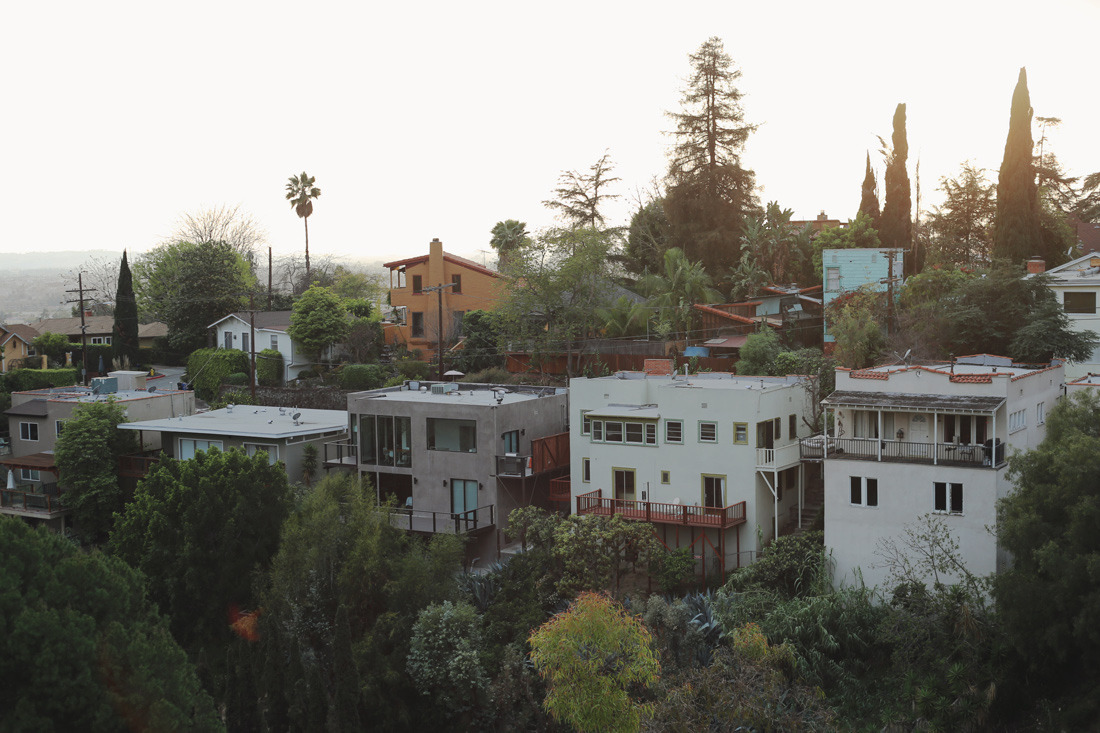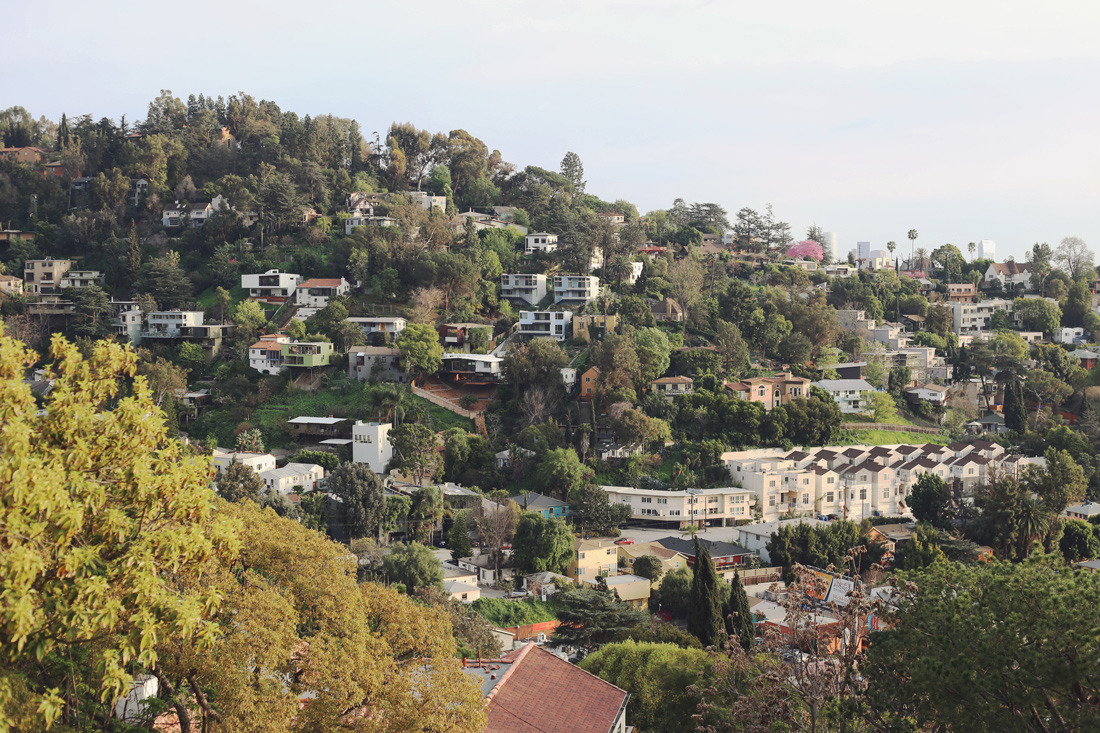A look at Silver Lake, home to hummingbirds, sprawling sunsets, and hills.
Machu Picchu, one of the seven wonders of the world, is a 15th-century Inca citadel situated in the near the Cusco region of Peru. Machu Picchu is perched high in the Andes Mountains about the Urubamba River valley. The Urubamba River is also called Willkamayu, Quechua for "Sacred River".
Terraces — The Inca engineered stepped agricultural systems along the sides of mountains and hills. These terraces were built to enable irrigation of crops, protect against landslides, and reduce soil erosion from heavy rainfall.
Sacred Rock — Overlooking the central plaza of Machu Picchu is the Sacred Rock, a large stone that resembles Yanantin Mountain behind it. Sacred Rock is a powerful symbol of Machu Picchu and is recognized as a spiritual area for meditation and absorbing positive energies.
Made to Measure — Machu Picchu was built in the classical Inca style, with polished dry-stone walls. The Inca were masters of a construction echnique called ashlar, in which blocks of stone are cut to fit together without any mortar. This mortar-free construction helps to protect from earthquake damage.
Cusco, a city located in southeastern Peru near the Andes mountains, was the historic capital of the Inca Empire from the 13th to the 16th century. At its center is the Plaza de Armas, both the cultural and spiritual meeting place of Cusco.
Clothing: Clothing in Peru is richly steeped in tradition. Many young women wear modern clothing but may be seen in traditional dress on special ocassions, or within their communities. A typical Peruvian outfit may consist of colorful skirts, called "polleras" or "melkkhay", a carrying cloth to hold children or goods, and a hat. Anywhere from one to fifteen skirts may be layered for a graduated effect. The style of a woman's hat reflects the culture of her region or village.
Convento de San Francisco: The Covento de San Francisco is a Roman Catholic church and monastary located near the city center of Lima. The building, noted for its Spanish baroque architectural style, contains catacombs and a world-renowned library.
Alpaca: Alpaca are kept in herds that graze in the Andes mountains of Peru. Alpaca textiles are known for their lustrous, silky quality. The fibers, which come in 52 natural colors in Peru, are used to make blankets, gloves, hats, scarves, and more. Throughout the streets of Cusco, there are many traditionally dressed women carrying what they want tourists to believe are baby alpaca. In reality, they're baby goats.
Bravo on Sol: Cusco's streets are filled with colorful artwork and details. A beautiful and massive mural by Juan Bravo brings life to the Avenida del Sol. Completed in 1992, the artist illustrates the birth of the Inca civilization through to the Spanish conquest. Modern day independent Peru is depicted towards the end of the piece, with a symbolic winding rainbow.
Cuy: Cuy (pronounced "kwee") is one of Peru's most famous dishes. It's fried or roasted guinea pig, often cooked whole (little teeth and all) then doused in salt and garlic to crisp up the skin.
A first visit to the half-homeland of Vietnam. Exploring the ancient town of Hội An. The town mixes eras and styles, incorporating elements of Chinese, Japanese, and French architecture.

















































































